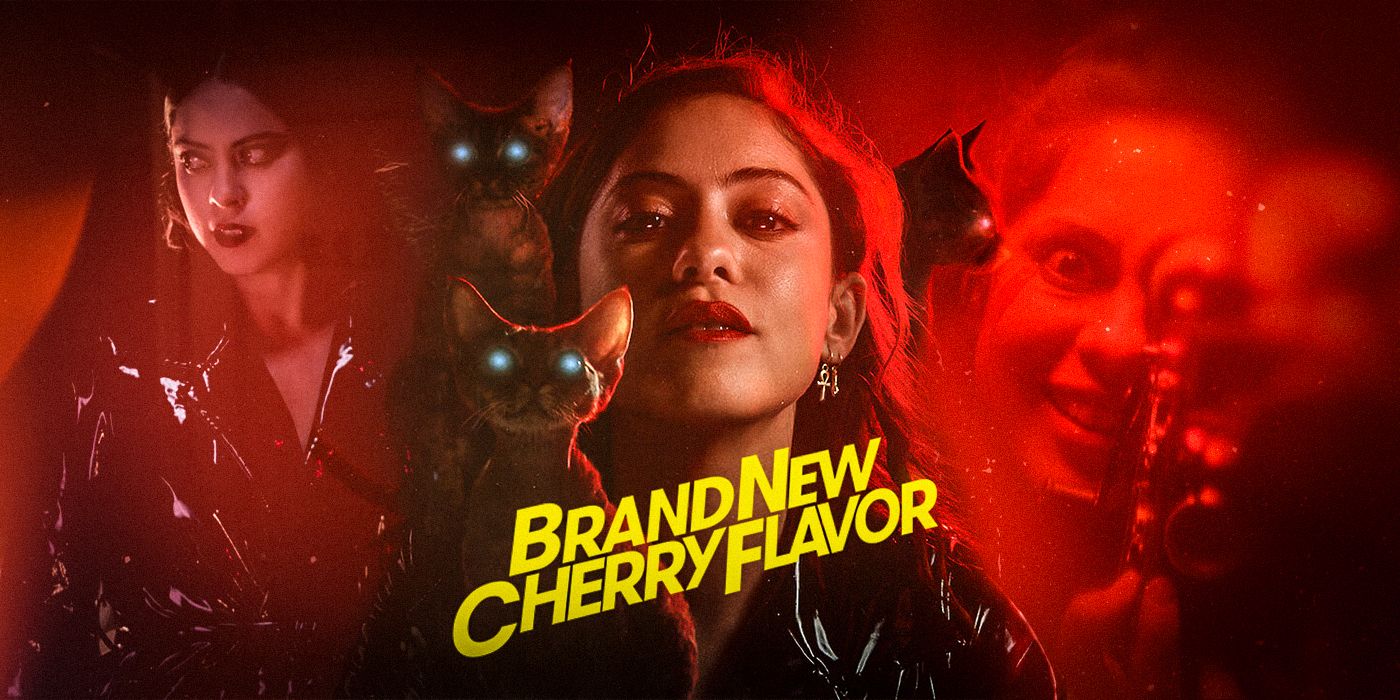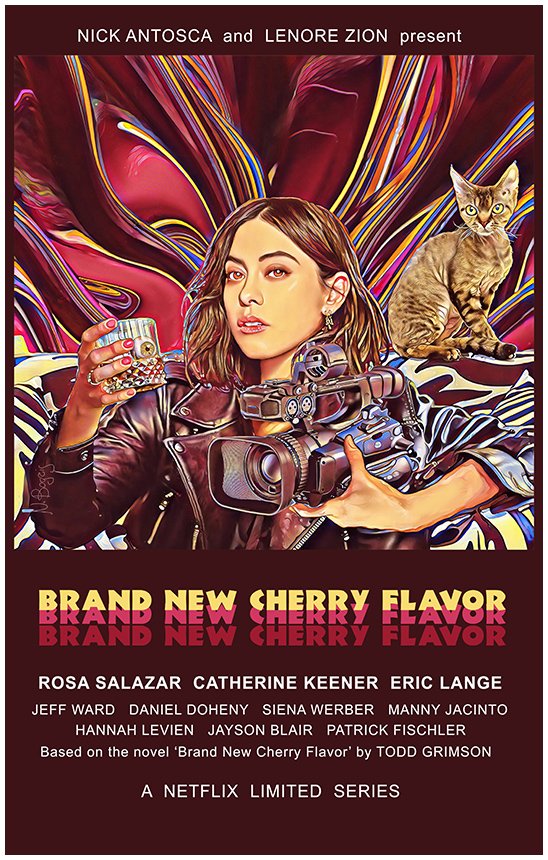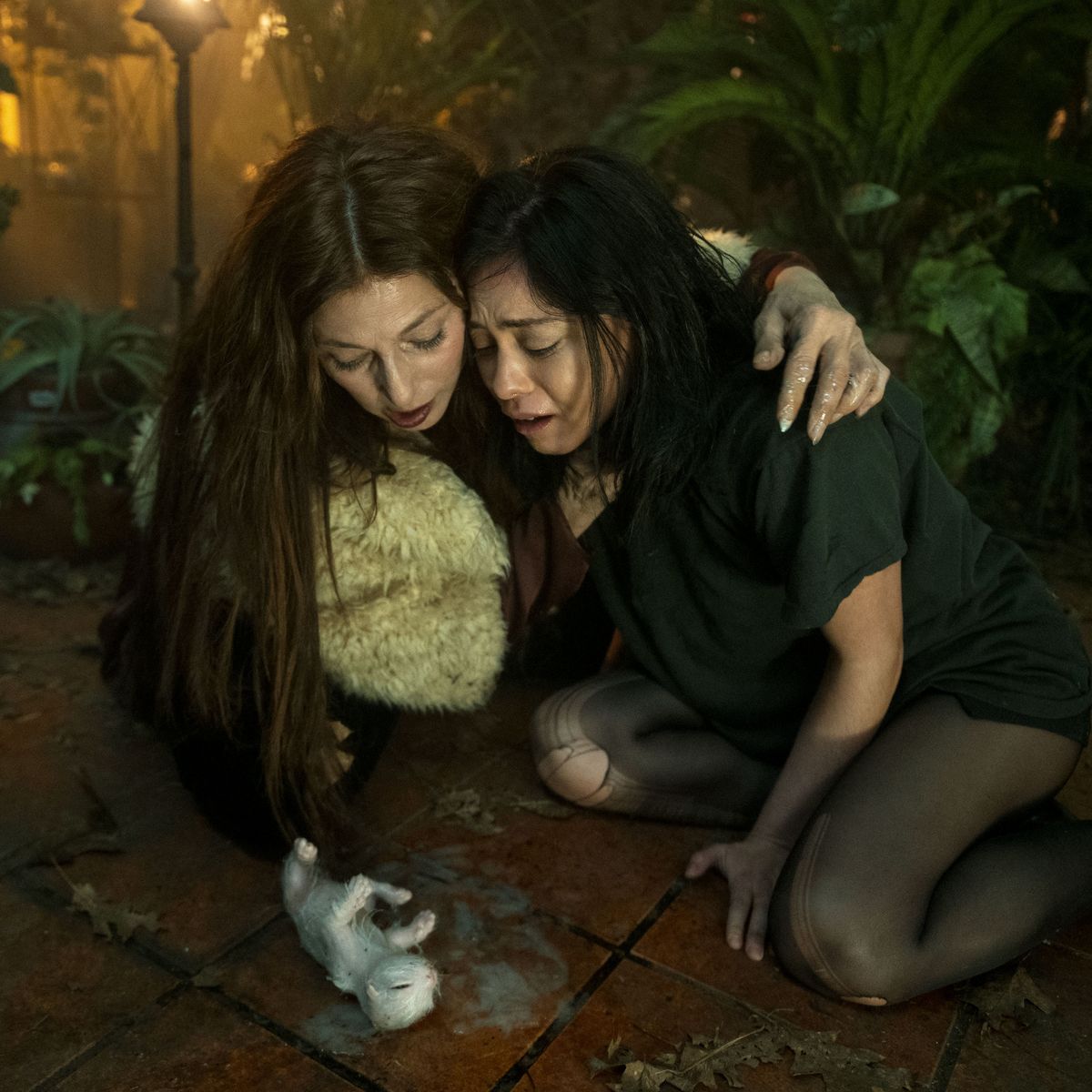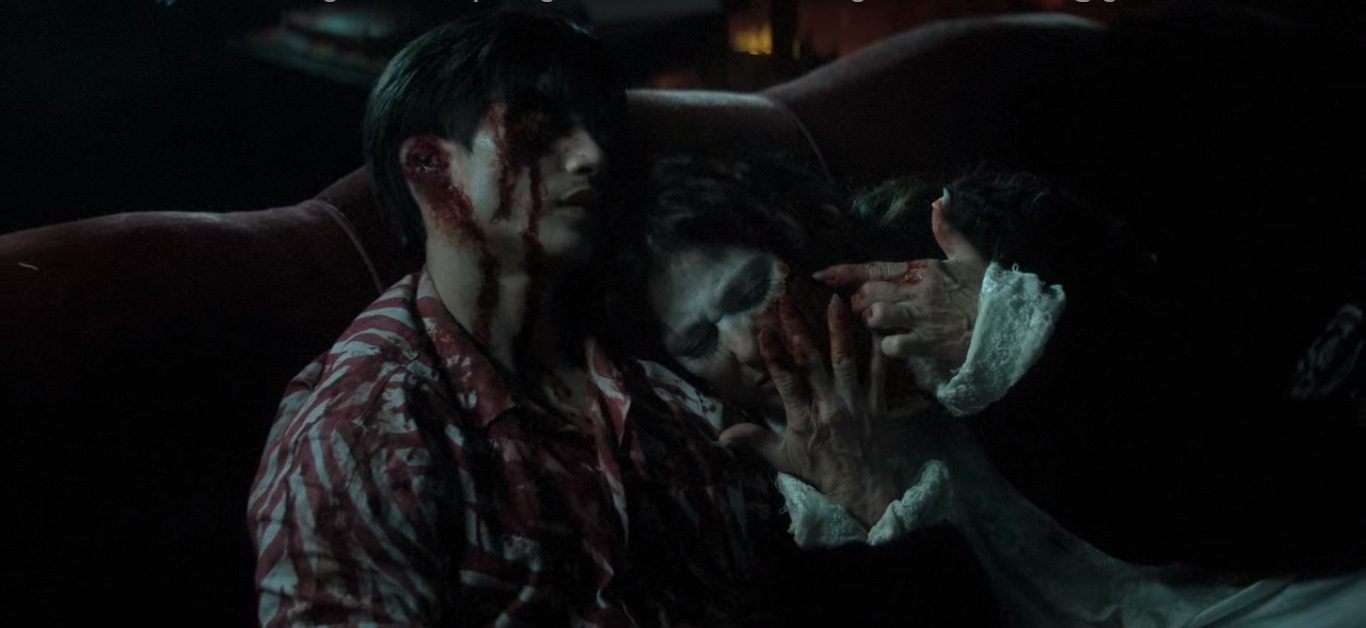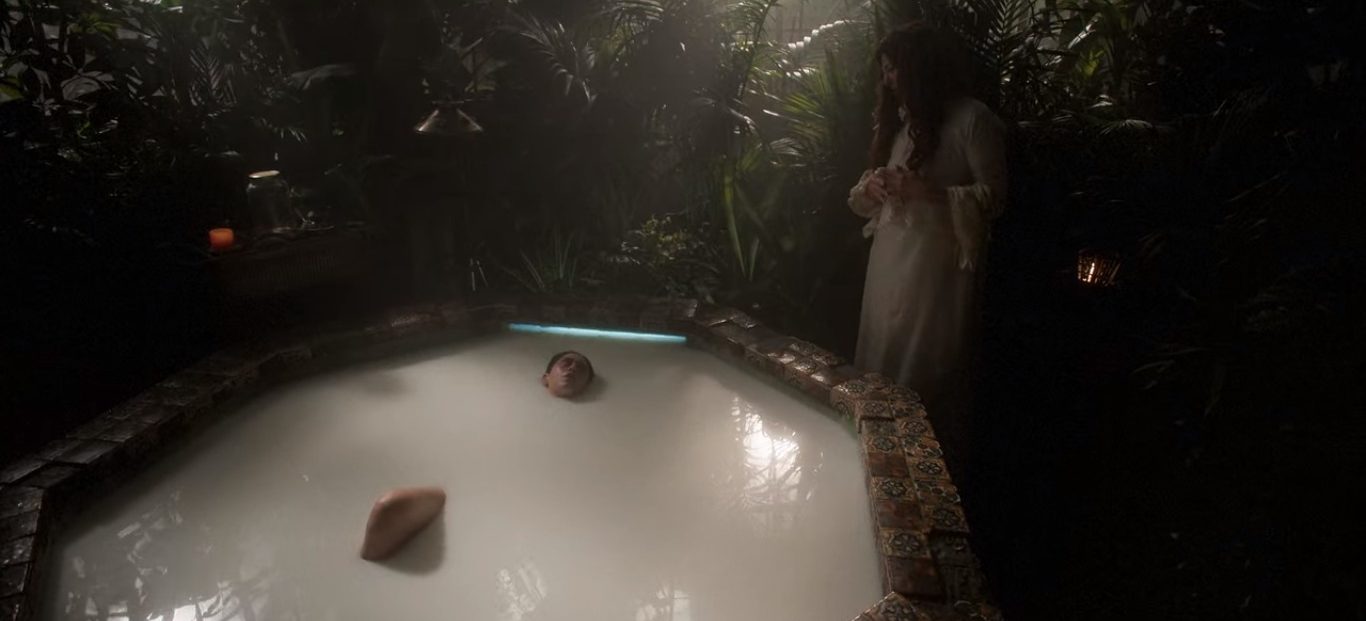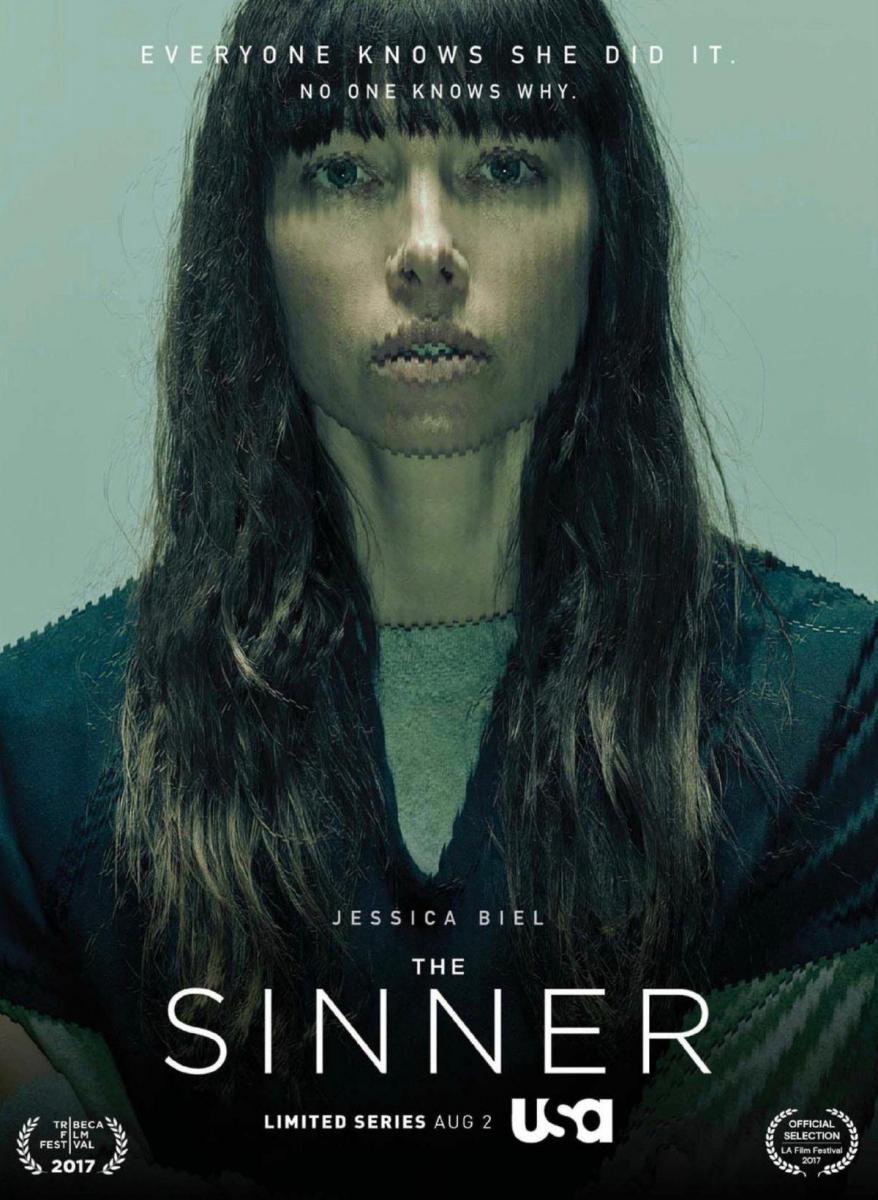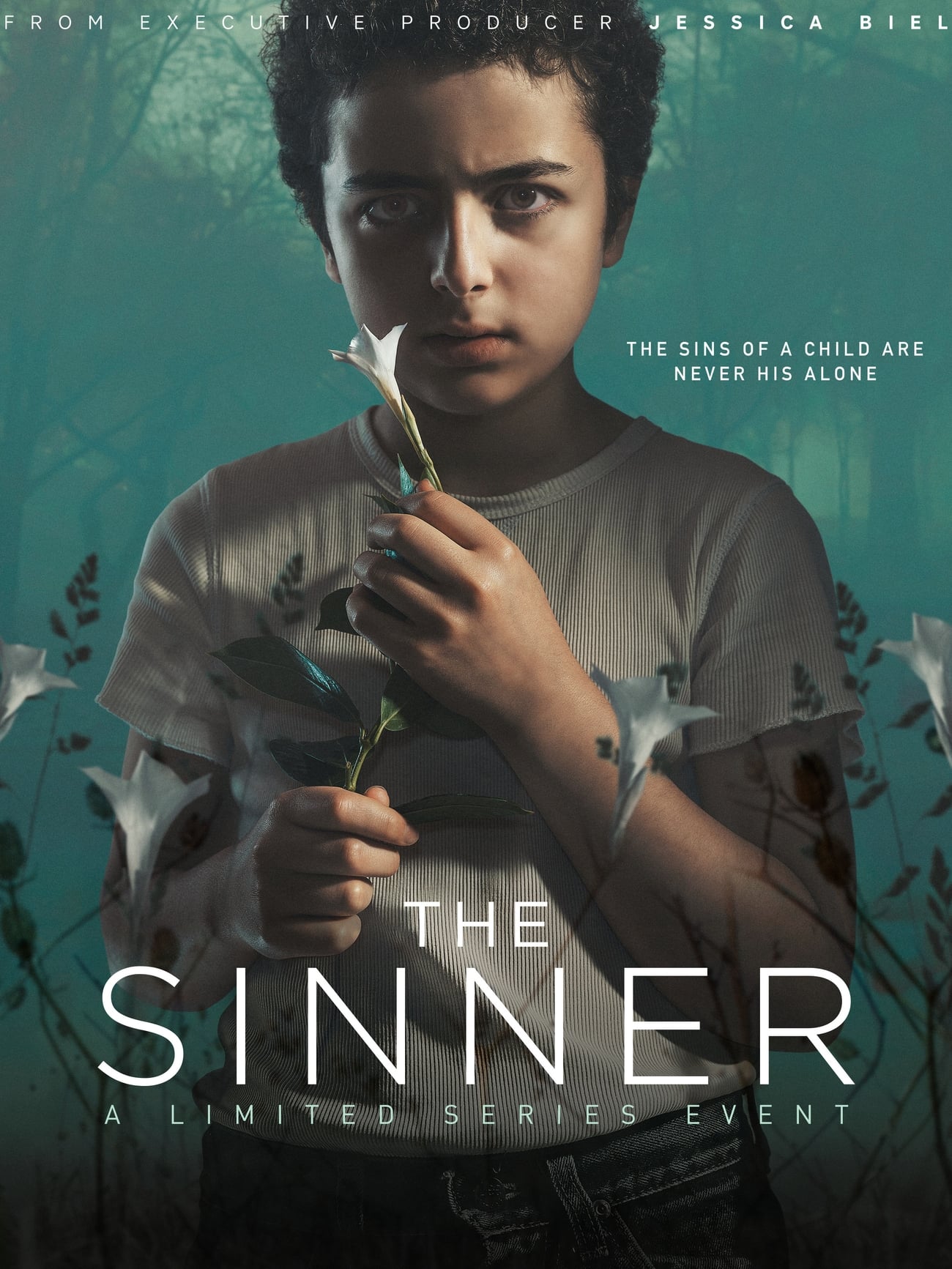Brand New Cherry Flavor is an American horror drama streaming television limited series created by Nick Antosca and Lenore Zion, based on the novel of the same name by Todd Grimson.
Probably my favorite series of the last few years and one of the best Netflix experiences of the early 21 century. It might come as no surprise that this is not the usual science fiction pean – nor a radically new expression of our times, but a more modest retro tribute to 1990s body genre cinema. Not many horrors nowadays can provide such an enticing mix of grotesqueries, artificiality, comedy, x-ploitation with such panache!
It also stars what might turn out to be one of the most amazing young actresses of these end-times: Canadian-American Rosa Salazar. Salazar channels both bare knuckles, no frills, to the bitter end attitude with everything that we might regard as going-down-the-drain/doomer/crap-I-did-it-again black hole we find ourselves in.
Plenty of good, recent lists of movies take on the celeb path to destruction-perdition (or monstrous transformation into something else). The nascent, young female horror movie director turns out to be the worst nightmare of its sleazeball, libidinous, profiteering male producers or hapless boyfriends and arrogant actors. Hollywood/LA is since (1950) Sunset Boulevard the festering noir Babylon of cinematography, but also a vice-den full of vengeful aging yet still respledent and haunting superstars. Recent horrors have been turning a lot of these powerful early examples on their head somehow. In Starry Eyes – directed by Kevin Kölsch and Dennis Widmyer, a young starlet (Alexandra Essoe) gets targeted by the (unsurprisingly demonic) Hollywood elite and suffers the most horrific and non-beatific shapeshifting.
Becoming a female star or a female director is almost like a satanist ritual or a serial killer praxis. In I blame society (2020) writer/director Gillian Wallace Horvat, uses furious irony to lacerate an omnipresent and condescending patriarchal ‘bro’ culture, too secure (and dumb) to notice how it is producing its own nemesis. A male world full of obnoxious fantasies that keeps denying female authors/directors all due recognition, respect etc. +authorship. This is not rotten to the core, it is just insufferable and blind. That is why it is swallowing the allergic sandwich, the poisoned hook, or gets butchered or ritually maimed on its own self-congratulating altar. Most of the time you will learn to root for the female director no matter what – since the situation as we know and knew even before MeeToo is pretty dire. Method acting in a male-dominated cinematic world imposes more and more bizarre contortions and transformations that never end well or with a tadah- a happy ending.
Back to Brand New Cherry Flavor – where Lisa N. Nova (Rosa Salazar) – a young horror film director enters a netherworld of sex magick, ruthless body snatching, ancient Amazonian lore, witchcraft infused transformative vendetta with plenty of unsuspected zombie voodoo/hoodoo spells. There are newborn kittens everywhere getting vomited and there is a vine growing from the ceiling of a building and hallucinatory brain worms are harvested from its pollen. All this and more awaits the unsuspecting traveler. The horrific – in Linda William’s 1991 body genre’s critical essay (melodrama, porn, horror) usually gets the ‘gross’ label attached, where blamed bodily excess on-screen somehow lets viewers be affected in the most sensationalistic and visceral ways, making detachment impossible and affects hard to deny or to refuse. One of the repeating patterns is Lisa N. Nova’s both horrific and completely ridiculous vomiting live blind kittens that usually get snatched right away. There is this sensation that everything averted might turn out to be even more horrific. When she tries to rewrite the kitten-birthing pact, her body manages to reroute the process. Processes (magical or not) have a life of their own. Kittens start exiting other parts of her body – this is all happening under the most plausible, bodily exhausting, and sticky embarrassing situations.
The movie is both eerie, both dark and colorful (cherry flavored?!) at the same time. There is this boring cliche of horror wearing its awfully drab garment proudly – full of dry red, black blood, dressed in mourning colors and hues. Brand New Cherry Flavor is anything but monochrome. In fact, it is best described as being luxuriant. It luxuriates (plot-wise also) with jungle entanglements plants and animals.
Although tarantulas and orchids have a long history in noir movies and horror trash, they did not get joined as a related (imported) ecosystem of horrors. This I find the greatest addition of BNCF to the Sunset Boulevard haunted decaying canon of silent star era mansions. It is the undeniable fact that that there might be a hothouse out there, full of exotics and a spirit world in the basement. A tropical taxonomy of non-typical growth amidst perfect preened lawns and green acres. The whole series and its characters are almost like generating their own tendrils, acting out their darkly vitalistic nature, like infesting, seductive invasive species brought onboard some crates of lingering, unwatched movie copies that got buried under production hell. Suffice to say music is also right on top.
